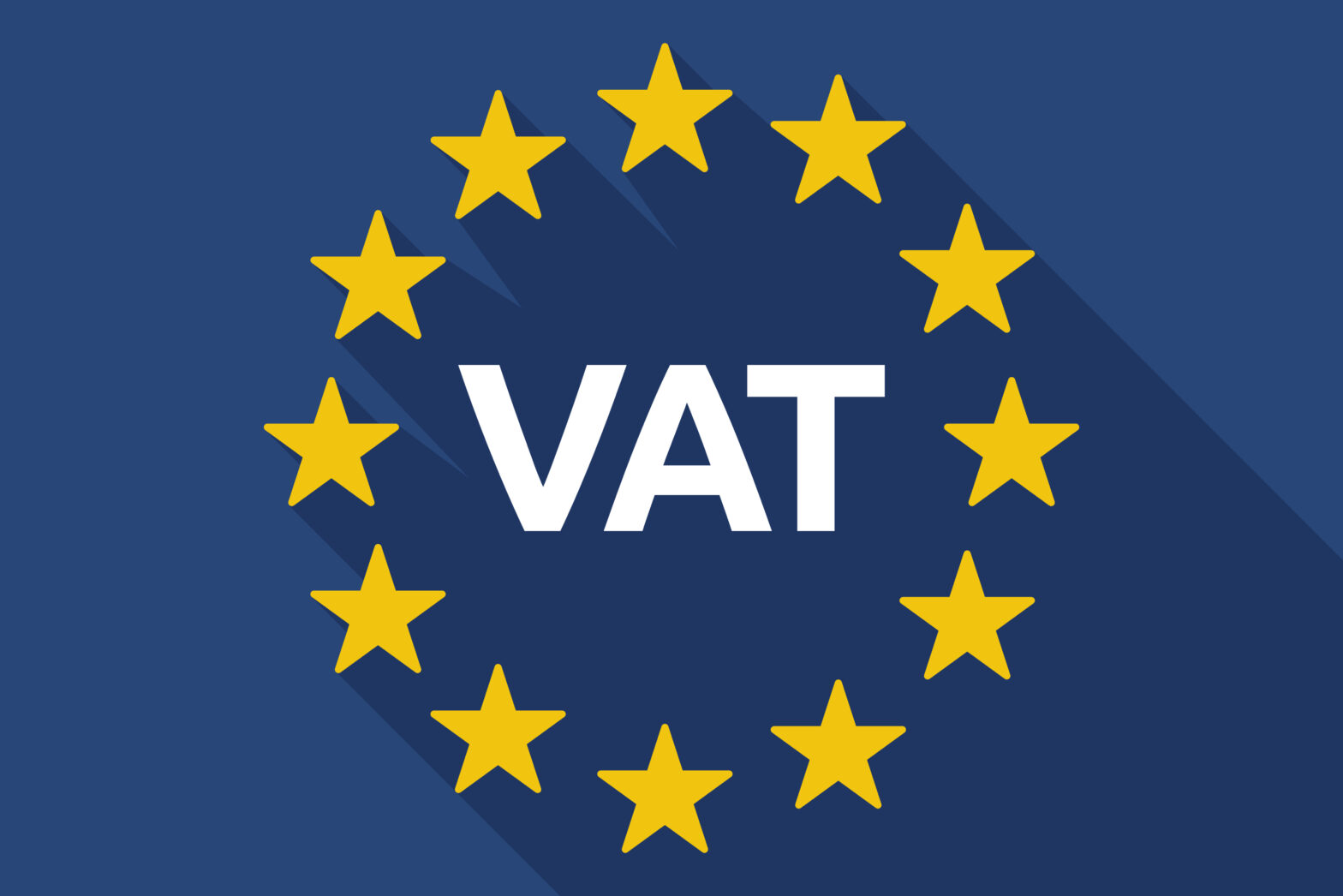Are you currently employed and paying tax and national insurance but also carrying out work outside of your employment either as a sole trader or within a partnership? If so, you would need to declare this second income via a self-assessment tax return and would be classed as self-employed.
Paying tax on a side hustle
Depending on your level of self-employed earnings, you may also need to pay Class 2 and 4 national insurance contributions through your self-assessment tax return, but this is also after taking into consideration the contributions already paid on your salary.
Class 2 national insurance is currently (2021/22) £3.05 per week (£158.60 for a total tax year) for earnings above the small earnings threshold of £6,515.
Class 4 national insurance is payable at 9 per cent above the threshold of £9,568 but an additional 2 per cent will be payable on profits if they exceed £50,270.
Class 4 national insurance will be increasing by 1.25 per cent from April 2022.
With regards to any income tax payable on your second income, this will be charged at your marginal rate, so as if your top slice of income. Both Class 2 and 4 national insurance together with the income tax won’t be payable until 31 January after the end of the tax year, along with your tax return – so 31 January 2023 for anything you earn up until 5 April 2022.
>Further reading: Do I have to register for PAYE if I do not have employees?
What if you’re a landlord?
Second income could also include renting out a property, other investment income and capital gains, for example from selling a property, valuable items or shares. In which case the tax treatment differs to sole trade or partnership income.
In relation to property you own personally which you are renting, you would still pay income tax at the marginal rate which is the same as self-employment income, but you will not be liable to Class 2 or 4 national insurance contributions. This must be reported if rental profit is:
- £2,500 to £9,999 after allowable expenses
- £10,000 or more before allowable expenses
These are reported on the rental pages of the self-assessment tax return.
>Further reading: Claiming back tax
What if you have investment income?
If you have other investment income, for example, dividends or interest this may also need to be declared if the amount received exceeds the dividend allowance (currently £2,000) or the personal savings allowance (£1,000 for basic rate tax payer, £500 for higher rate tax payer or zero for additional higher rate tax payer). Interest is taxable at the same rate as other earned income so would be taxable at your marginal rate. However, dividends are taxed at a slightly lower rate but will be increasing by 1.25% from April 2022.
Capital Gains Tax
With regards to capital gains, these are taxed differently to other earned, investment or rental income and included separately on the tax return. There are different rates of capital gains tax depending on the asset or shares sold and the nature of the sale, also depending on your level of other income. Capital gains tax can either be charged at 10 per cent, 18 per cent, 20 per cent or 28 per cent and is after taking into consideration the annual exemption available which is currently £12,300 (for 2021/22).
If any of the above apply, you would need to register for self-assessment to enable HMRC to issue a tax return for completion. This can be done completely online. Alternatively, you can also register by phone or on paper.
The earlier you finalise your tax return in the tax year and establish your tax and national insurance position, the more time it will give you to put some cash aside to ensure you can budget for any liability due in January.
Karen Cheeseman is an accountant at Hiller Hopkins
Further reading





